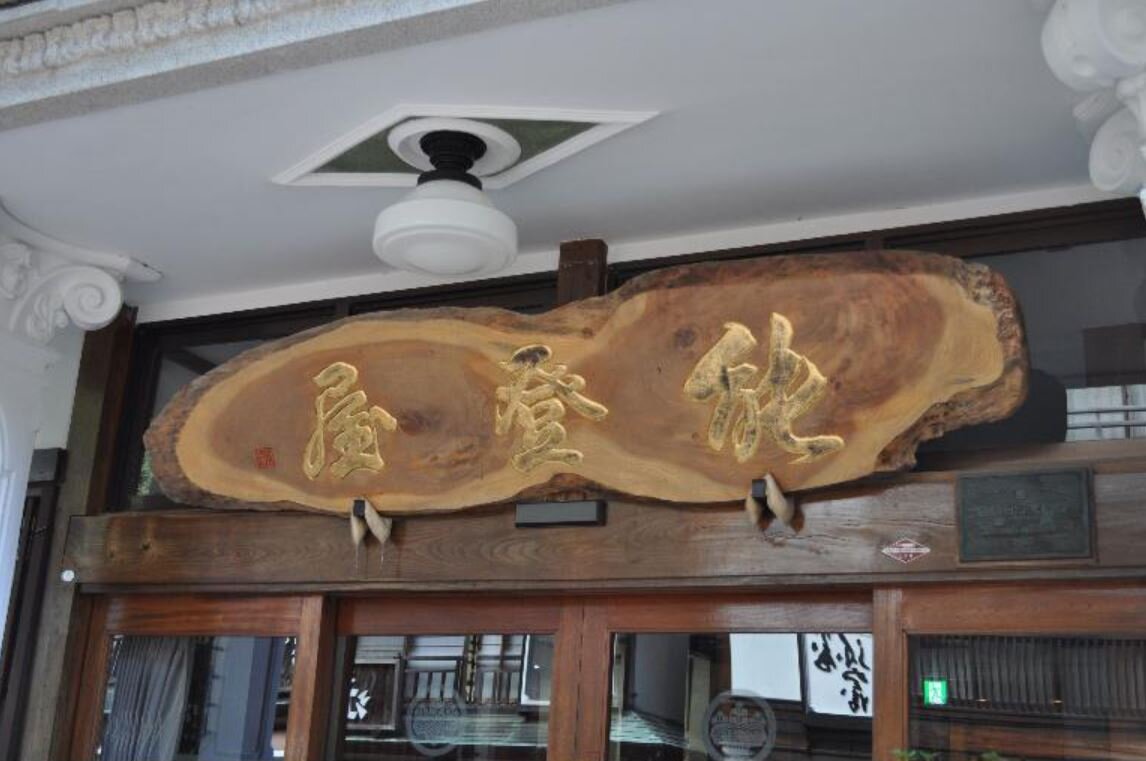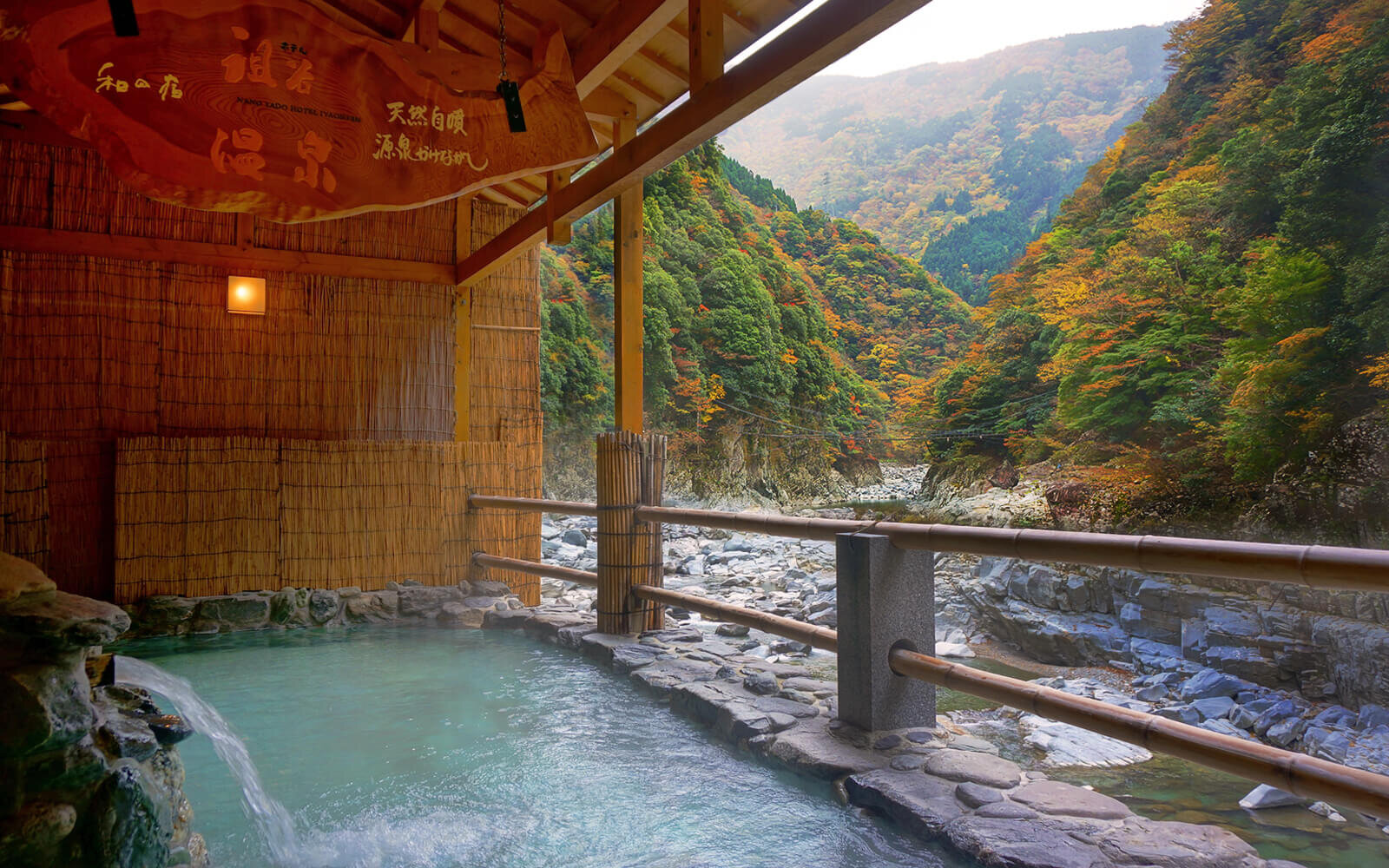Japanese Onsen Culture
Japan is blessed with geothermal activity because of its location directly on the Pacific Ring of Fire, therefore it is no wonder that it is the home of Onsen. Onsen is more than just hot water, it is a process that begins when rain, snow, and other forms of water seep into the ground, pooling once it hits the hard rock, forming aquifers. Normally this water is collected as “mineral water,” but when it encounters with magma, it heats up, causing pressure that pushes the waters back to the surface of the Earth’s crust. Then there is the hot spring. To be classified as Onsen, water must be over 25°C in its natural condition and contain any of 19 minerals commonly found in Japanese waters. Minerals such as sulfur, iron, and magnesium are claimed to have therapeutic properties that can help promote healthy skin, reduce aches and pains, and even strengthen the immune system. And each hot springs is said to have its own unique health benefits.
When you think about Japan, you can’t help but think of sushi, cherry blossoms, neon lights and Mt. Fuji. However, Onsen (also known as Hot Spring) is also a Japanese culture that you should never missed. Although not everyone is comfortable with naked public bathing, the Onsen is one of the most authentic ways to experience Japanese culture.
As Onsen becomes more popular among both locals and visitors, more hot spring resorts boasts to offer luxurious Onsen bathing experiences for both indoor and outdoor areas that facing the Japan’s natural landscape. Whatever your motivation for visiting Japan, there is no better way to experience the luxury that has been gifted to us by the land itself than taking a purifying bath in one of the many relaxing and healing Onsen.
While showers are a necessary part of everyday life, the Japanese do not just take showers, they love soaking in bathtubs.
Natural Hot Springs
Japan is home to many volcanoes, therefore there are more than 20,000 Onsen facilities across the country. It has been used in Japan for thousands of years and remains popular due to the numerous health benefits it provides.
Japanese Bathhouses
Bathhouses (also known as Sento) are public bathhouses that provide separate rooms for men and women, as well as a locker area where you can undress and dress. Prices for an hour are usually less than 500 yen, and pricing vary by city. In addition, there are some Onsen theme parks provide visitors with natural hot springs experiences.
📍 Oedo Onsen Monogatari
The atmosphere in Oedo Onsen Monogatari is like “Edo period” city with 13 different baths to choose from, including a natural one pumped from a depth of 1400m.
📍 Tokyo Dome Spa LaQua
Spa LaQua is located in the heart of Tokyo allow guests to enjoy a relaxing bath. It is a spa that uses natural spring water that comes from a depth up of 1700m underground.
Onsen Resorts
Notoya Ryokan 📍 Ginzan Onsen (Yamagata)
Notoya Ryokan is a traditional inn in the style of an old folk house that has been designated as tangible cultural property. As you visit that hot spring resort, you will feel as if you have stepped back in time.
Lamp No Yado Ryokan 📍 Ishikawa
Lamp No Yado Ryokan is located on the tip of the Noto Peninsula, with a view of the Sea of Japan. They have a limited number of rooms with different room types, Onsen baths for men and women, cave Onsen, and private baths where you can relax in the hot spring while listening to the rhythm of the sea.
Hotel Iya Onsen 📍 Tokushima
This is a Japanese style Onsen hotel that offers accommodation with natural hot spring baths and breathtaking views of the changing seasons in the Iya Valley. After changing the yukata, guests can access the famous cable car down to the riverside open-air baths, which are 170m away.
Suginoi Hotel 📍 Beppu (Oita)
It is located on the top of the hill Kankaiji hot spring area with a stunning view over Beppu Bay. The hotel has 647 guest rooms, as well as Japan’s largest observation open-air bath and the Onsen entertainment facility of The Aqua Garden where guests can wear swimsuits.
Bathing Etiquette
When using an Onsen, there are a few things to keep in mind. You will have access to a locker area where you can store your personal belongings and clothing. All bathers should remove their clothing and bring only the locker key and a small wash towel to the spa. Before entering the Onsen, you must first wash your entire body with body soap and shampoo in the shower area before entering the bath.

































